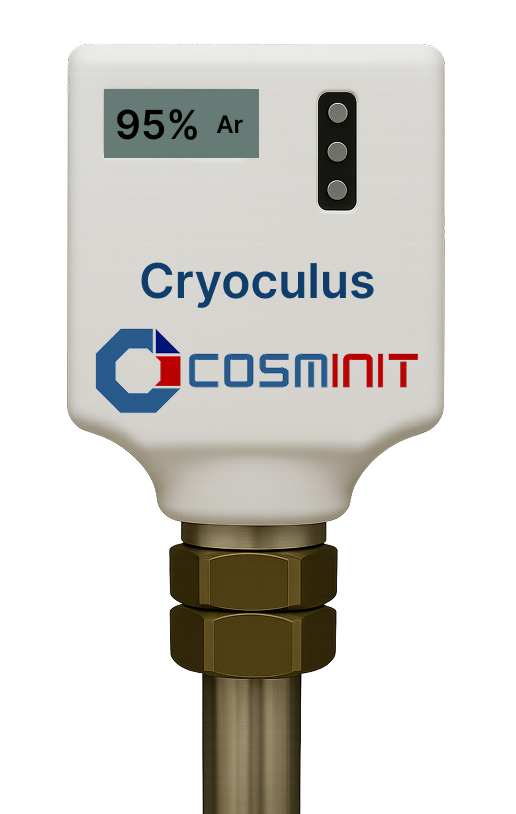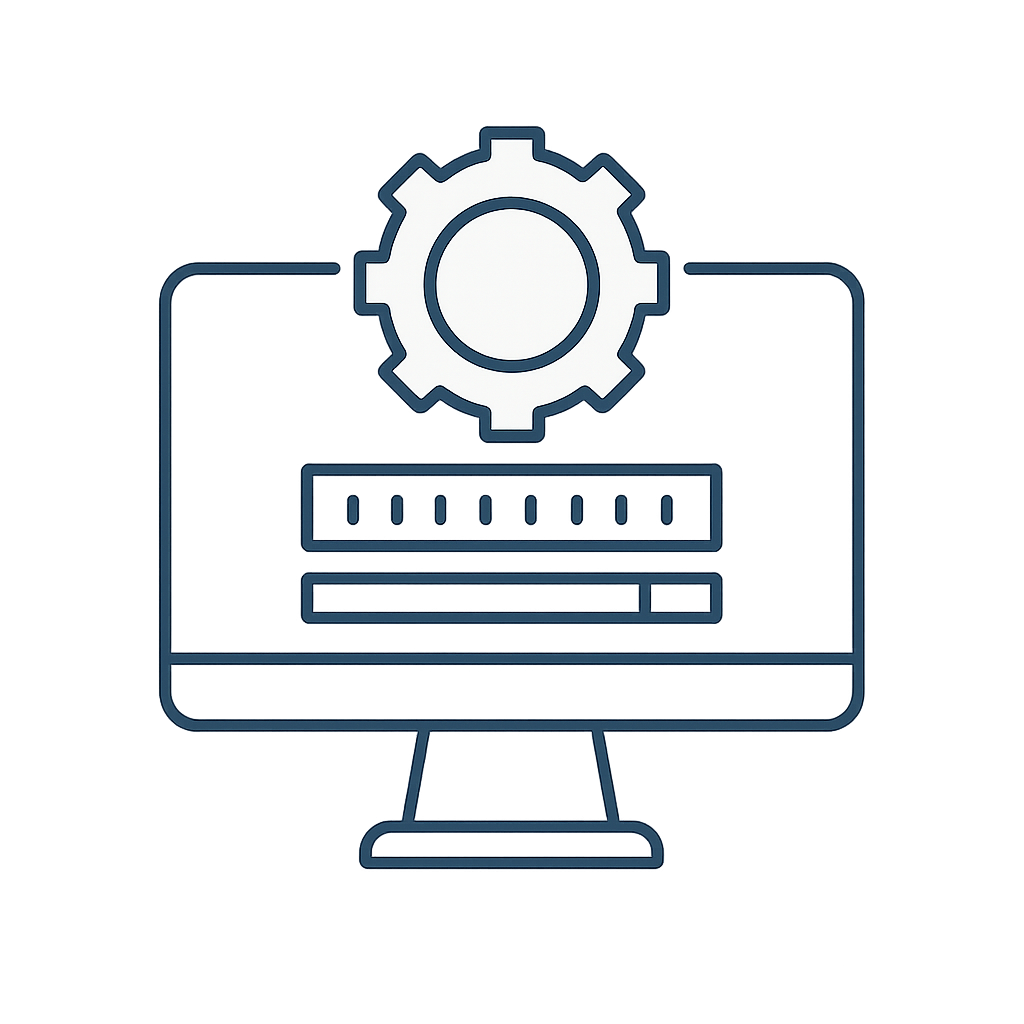Capacitance based Level Measurement
The cryoculus is a very robust Level Gauge suited for cold stored liquefied gases like nitrogen, oxygen, argon, carbon dioxide and nitrous oxide. It provides an easy to mount, accurate and reliable digital liquid level indicator. It has standardly two analogue output options to be used for control, remote or telemetry purposes.

Feature
- High precision: ±1% accuracy over full scale
- No moving parts: Reduces wear and maintenance
- Digital display: 3-digit white LED showing tank fill percentage
- Versatile installation: Direct sensor mount or wall-mount via cable
- Dual power options: 2x AA batteries or external power supply
- Analog output: 4–20 mA and 0–5V ratiometric via 9-pin connector
- Remote monitoring ready: Easily integrates with telemetry systems
- Thermal barrier: Protects electronics from cryogenic cold
Specifications
- Measurement range: 0–100% of tank capacity (not 0–100 meters)
- Operating temperature: Suitable for cryogenic environments (not specified as –40°C to 85°C in product datasheet, adjust only if needed)
- Output signal: 4–20 mA loop and 0–5V ratiometric
- Display: 3-digit white LED
- Power supply: 2x AA alkaline batteries or external supply
- Enclosure material: Aluminum
- Mounting options: Direct or remote via cable
Benefits
- Accurate, real-time liquid level monitoring
- Maintenance-free operation due to no mechanical parts
- Simple retrofit for float gauges
- Compatible with industrial control and telemetry systems
- Reliable performance in extreme cryogenic conditions
- Long battery life and/or continuous external-powered operation
The operational steps involve secure installation, baseline measurements, calibration adjustments, and a final summary to ensure optimal system safety and efficiency.

Installation (Setup)
Set up the system components securely, ensuring correct alignment and configuration for safe operation.


Initial Measurements (Baseline Check)
Take baseline readings of gas levels and flow to ensure the system operates within standard parameters.


Final Measurements (Calibration)
Perform final checks to confirm calibration and system consistency after adjustments.


Results (Summary)
Summarize performance outcomes, highlighting safety enhancements and improved efficiency metrics.
